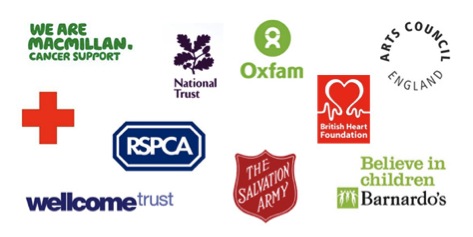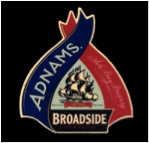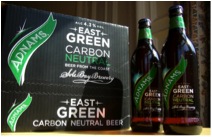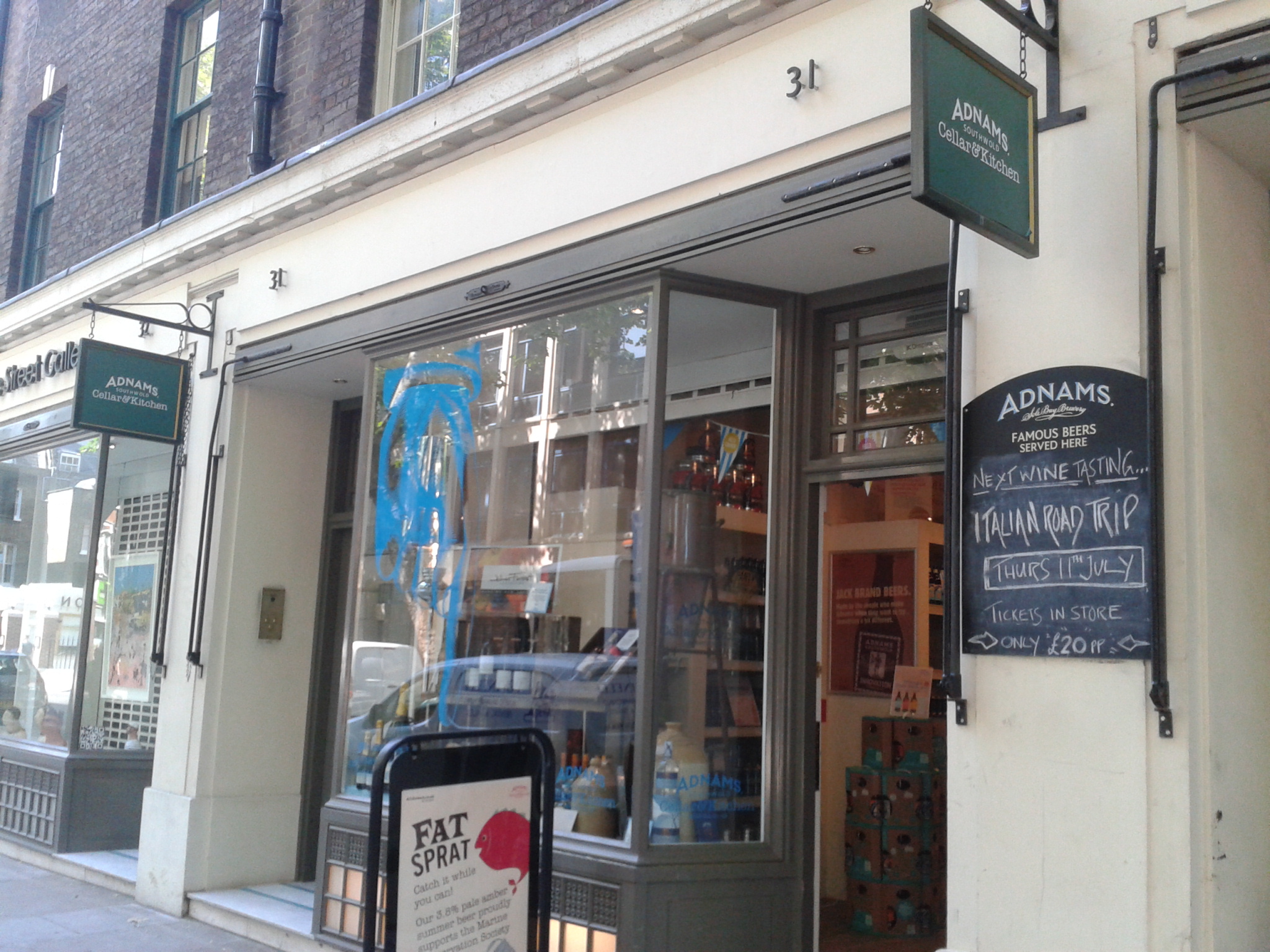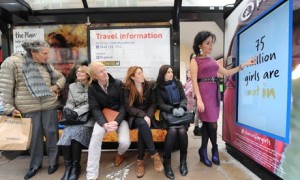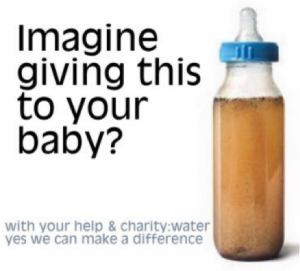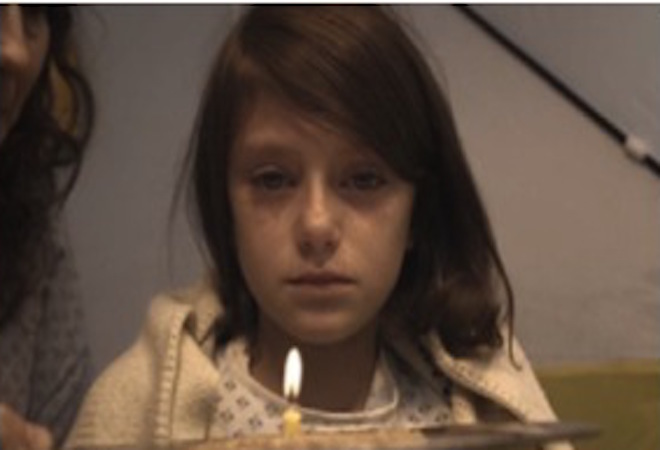
Four new mega charity TV ads have come out in the last few weeks. Save the Children, Barnardo’s, Age UK and Macmillan. It’s a tough time for most charities but these four look well funded.
But do they deliver and communicate the mission? Which is often tough as most charities deliver their mission through policy work. Let’s find out.
“If London was Syria” for Save the Children, with Natasha Kaplinsky, is all about the effects of war with the line ‘just because it isn’t happening here doesn’t mean it isn’t happening”. Coinciding with three years after the Syria Crisis began (yes three years!), this is bang on Save the Children’s mission, about saving children’s lives, helping when disasters strike and giving them the best start. My only beef, the idea of wars in your backyard was done better in a Costwolds village scene in Unwatchable, a story about conflict minerals in Congo.
Next up is Barnardo’s new TV ad about Ellie’s life of being told ‘she’s no good’ and her desperate need to make some things stop, which can all be ‘conquered’ with Barando’s support. ‘Believe in children’ is exactly what this is about and again in the sweet spot for their mission.
‘Life flies’, the beautiful new ad from Age UK, is about being valued. It shows life’s journey from ‘0-100’. I love this ad. I wanted to donate immediately to Age UK. It’s clever, enjoy life’s journey, as it goes in a blink, so you may as well enjoy it all. Age UK aims to improve ‘later life’ for everyone and this TV ad is all about making the most of later life.
‘No one should face cancer alone’ from Macmillan Cancer Support goes from strength to strength, showing the importance of support to those who need it most. And it quietly celebrates those who ‘support’ the most; mums, donors, careers, at one point all in one scene – it doesn’t get more powerful. No one should face cancer alone and Macmillan Cancer Support strives to improve the lives of people affected with cancer. Mission accomplished.
All four ads do deliver the mission. Seeing the extraordinary in the everyday. Agencies love charity work, they mine for an insight, a minutia blown up to dramatise how your money can help.

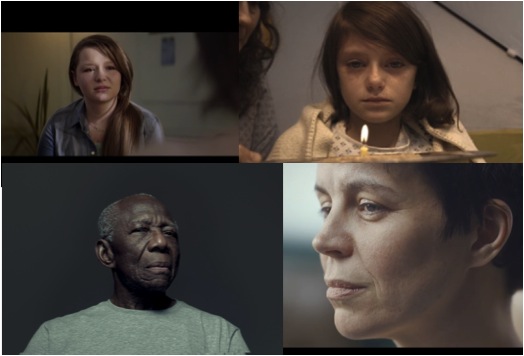
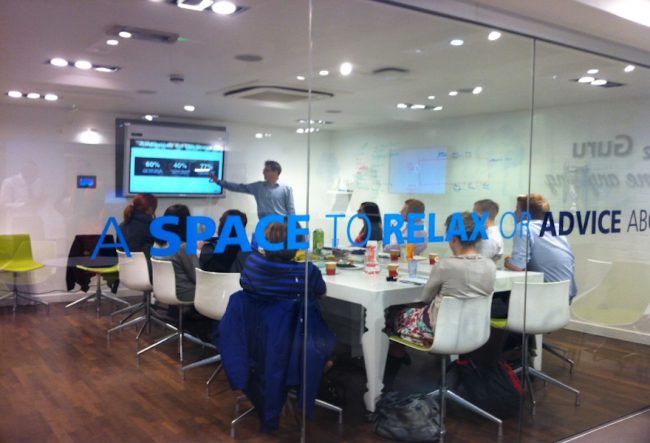


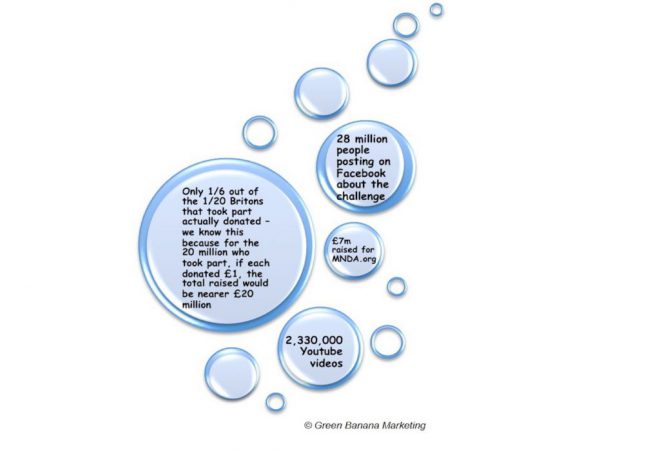
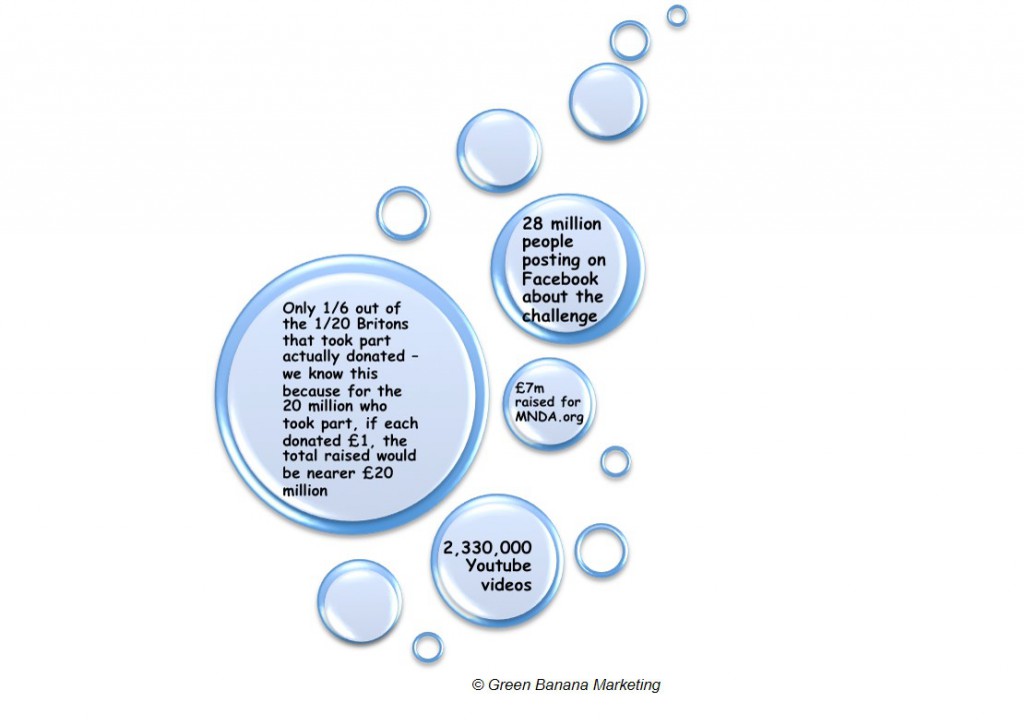
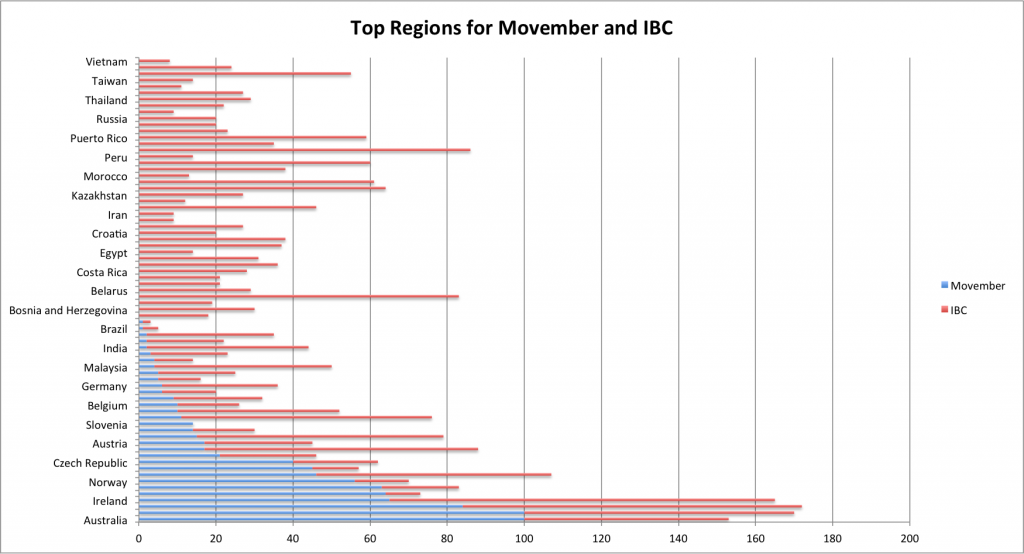
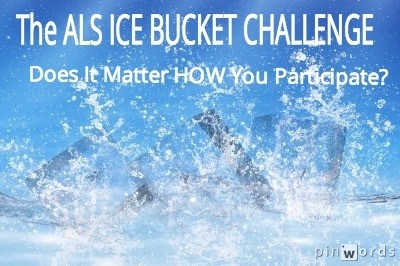

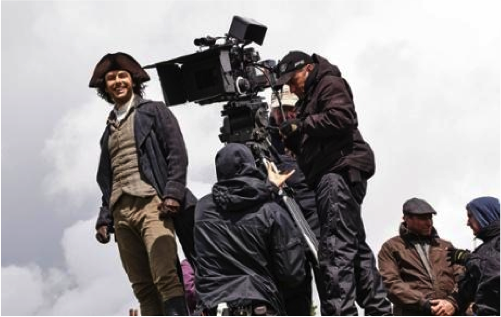


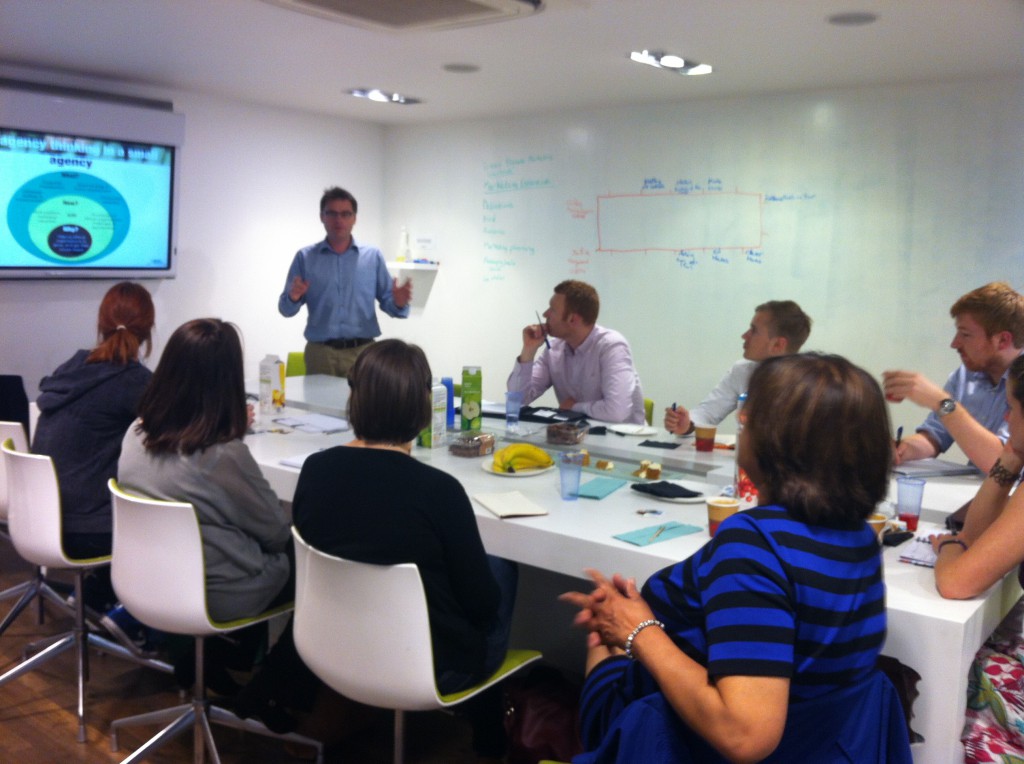
 omms departments change names at a dizzying speed; from Marcomms, Supporter Engagement to Marketing, Fundraising as standalone to a merged super unit around a common digital belief! 65 years on and James “marketing mix” Culliton will be turning in his grave. He described the combination of elements involved in making any marketing decision; more commonly called the
omms departments change names at a dizzying speed; from Marcomms, Supporter Engagement to Marketing, Fundraising as standalone to a merged super unit around a common digital belief! 65 years on and James “marketing mix” Culliton will be turning in his grave. He described the combination of elements involved in making any marketing decision; more commonly called the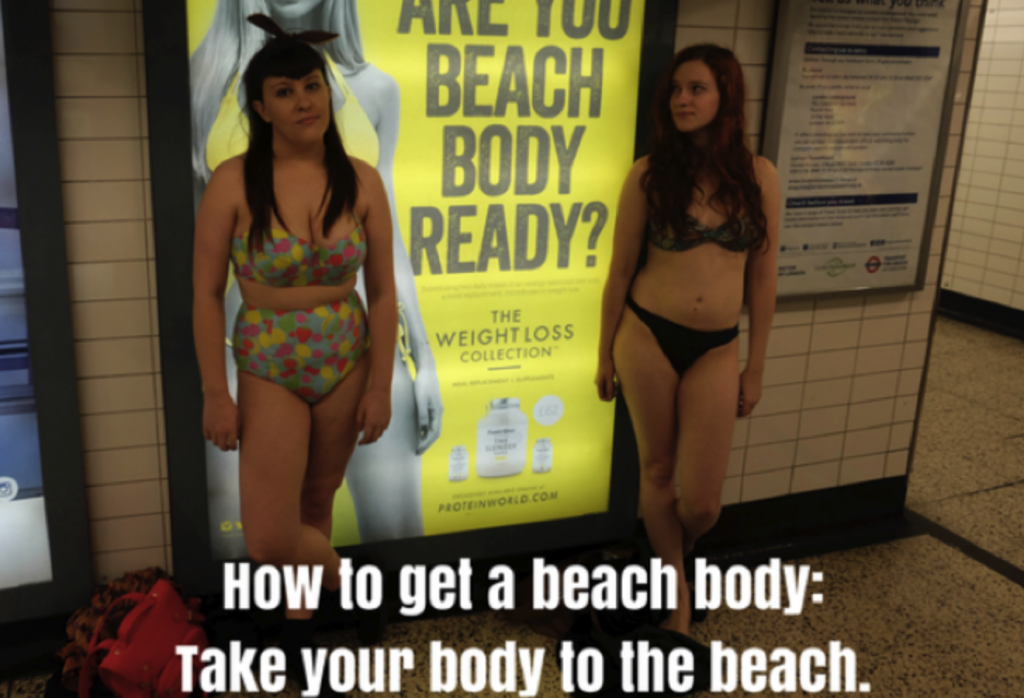
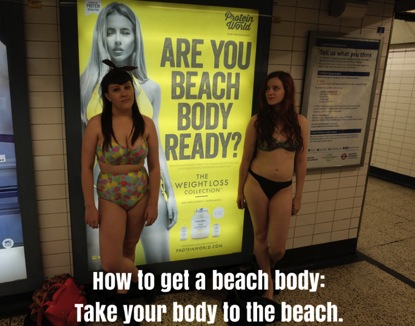
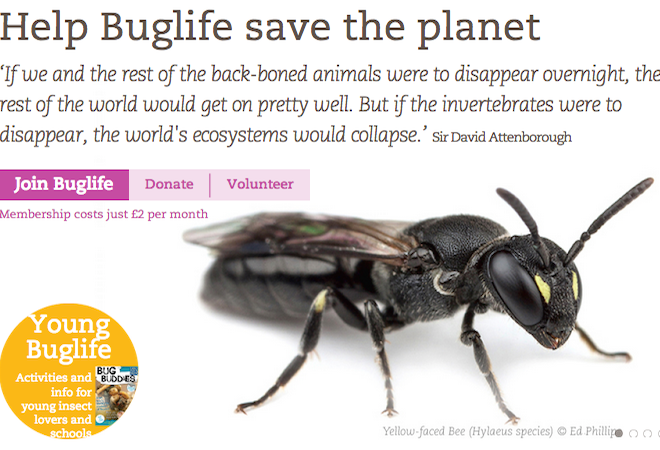
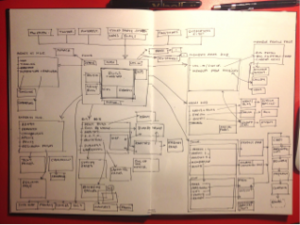
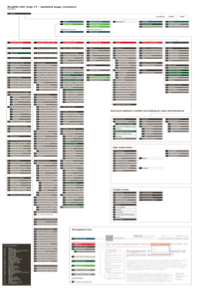
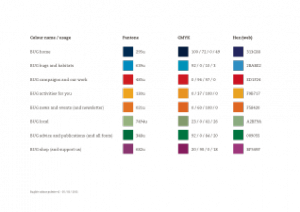
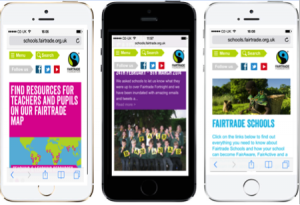
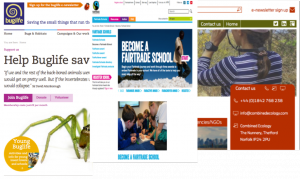
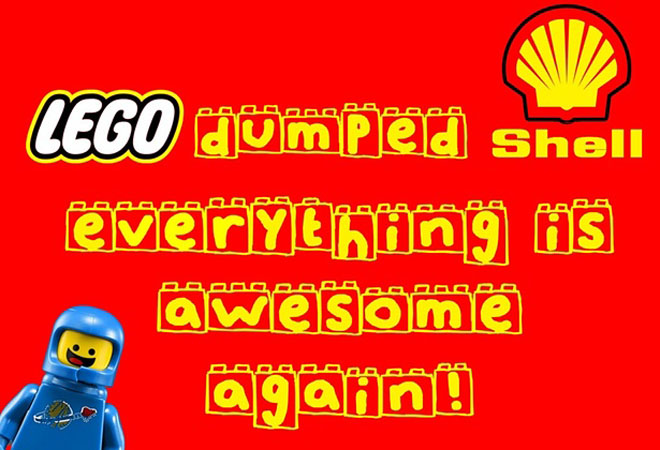

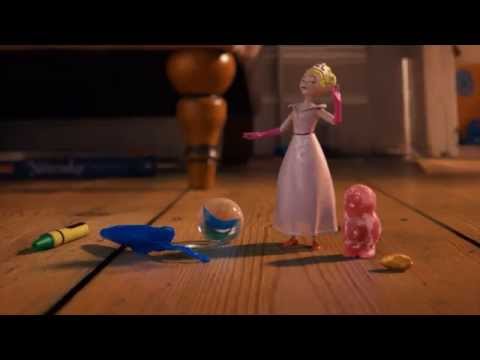



 Image from edit suite of Green Banana Marketing film
Image from edit suite of Green Banana Marketing film See how the storyboard for Salix / Department for Education compares to
See how the storyboard for Salix / Department for Education compares to 

